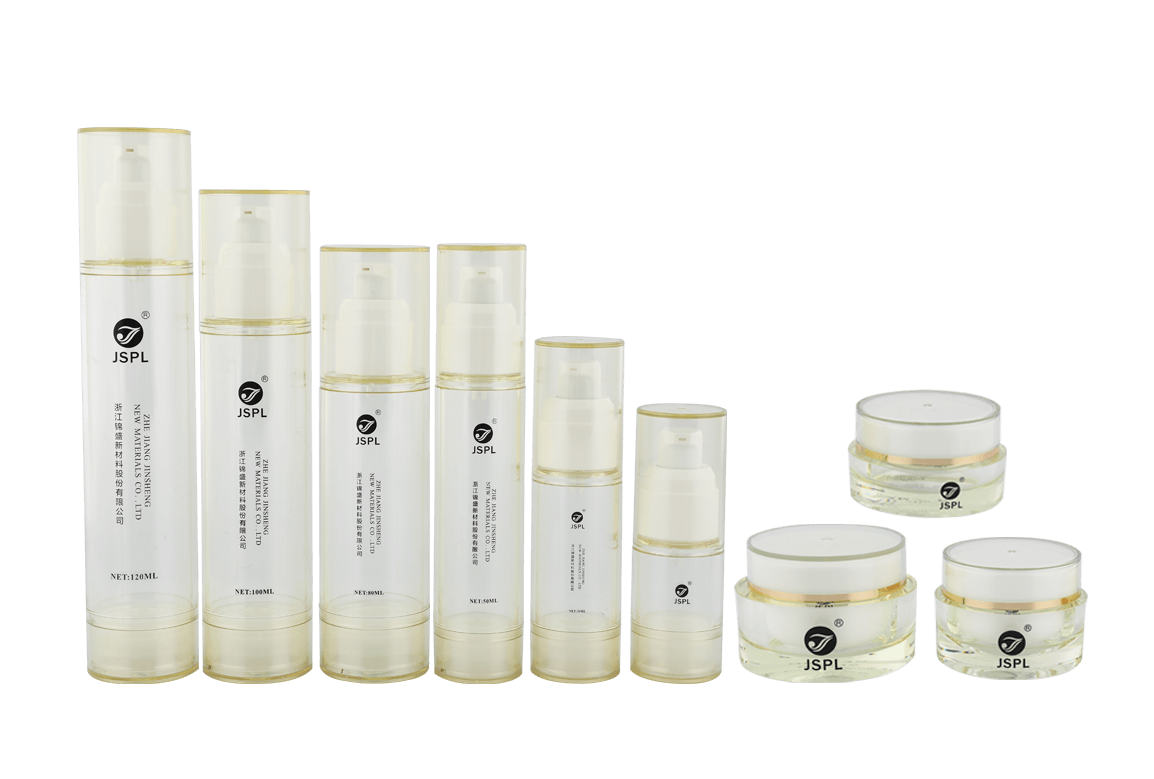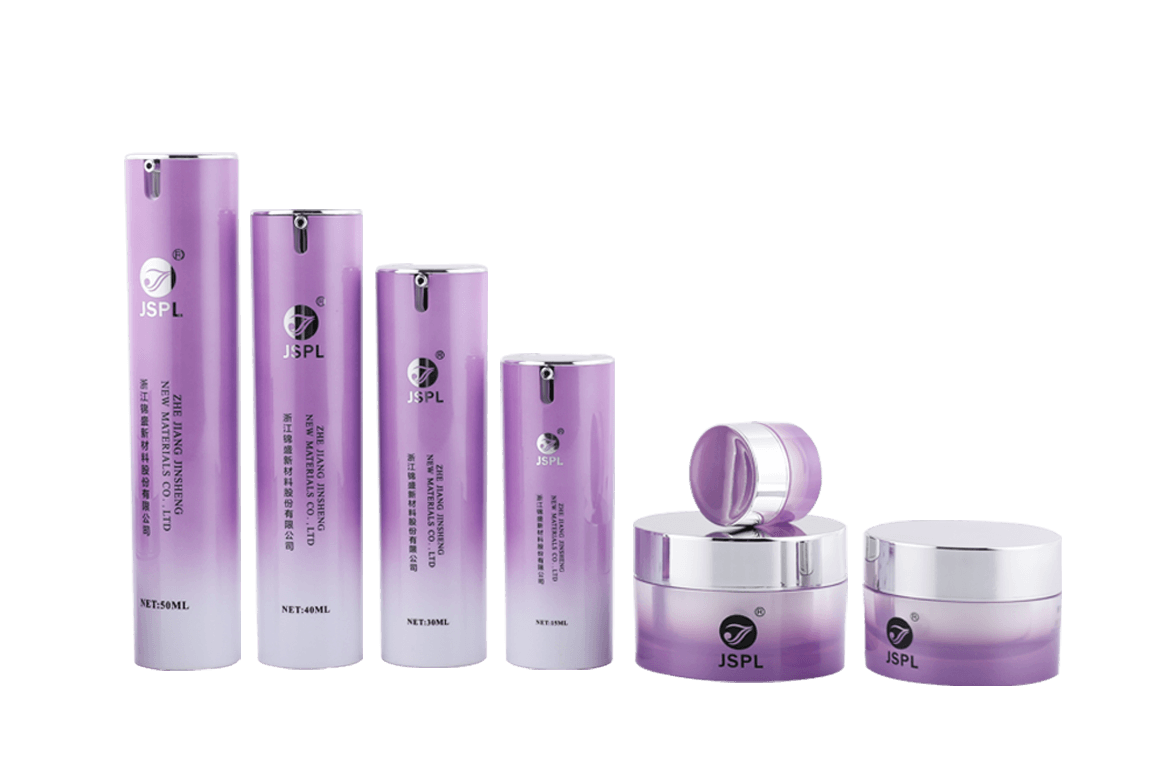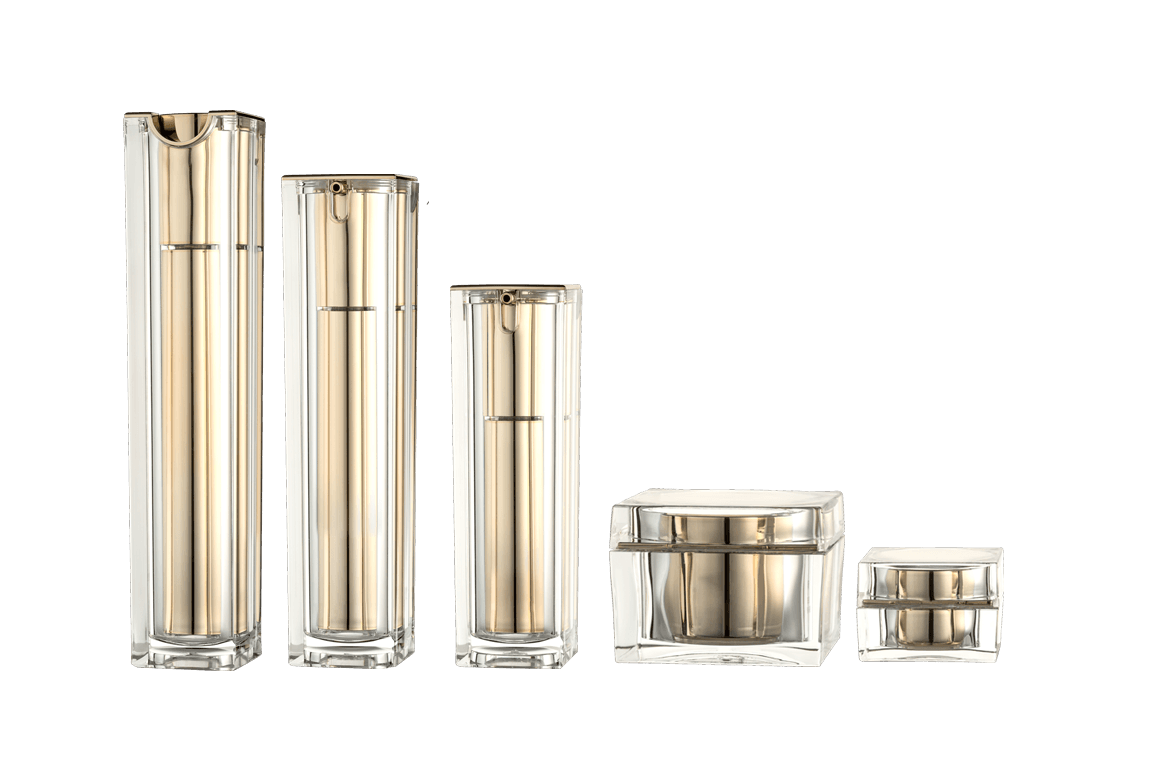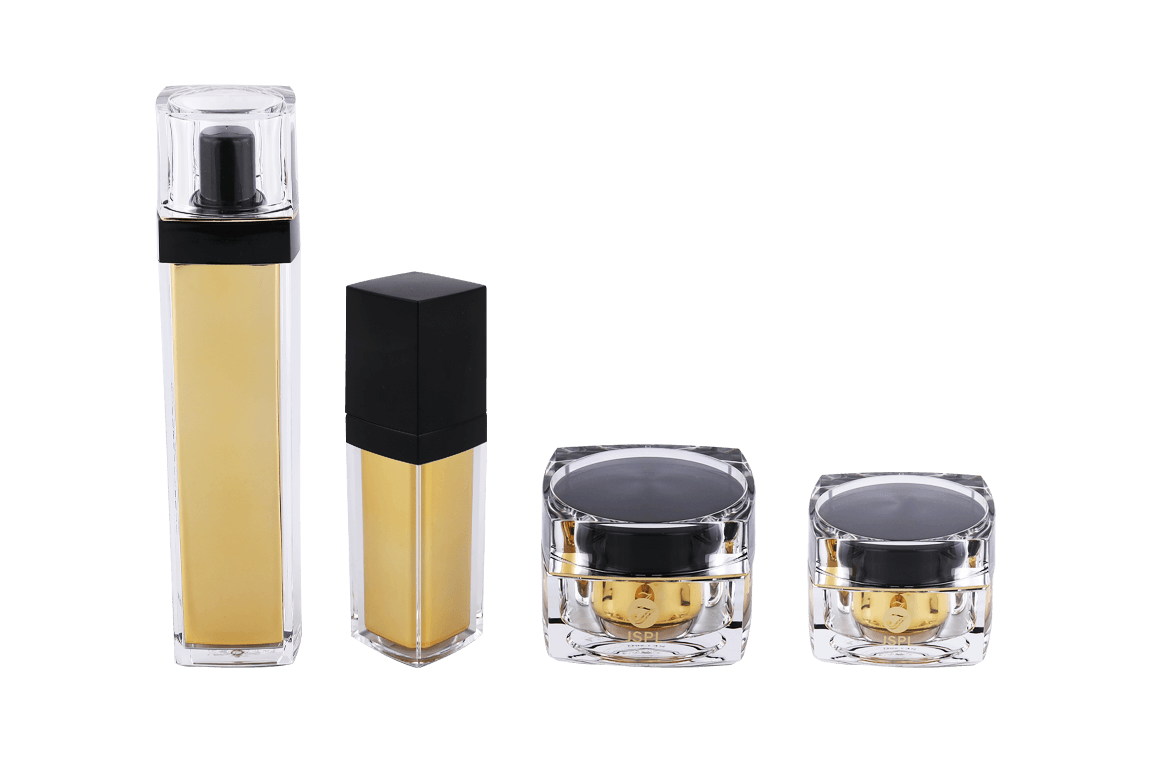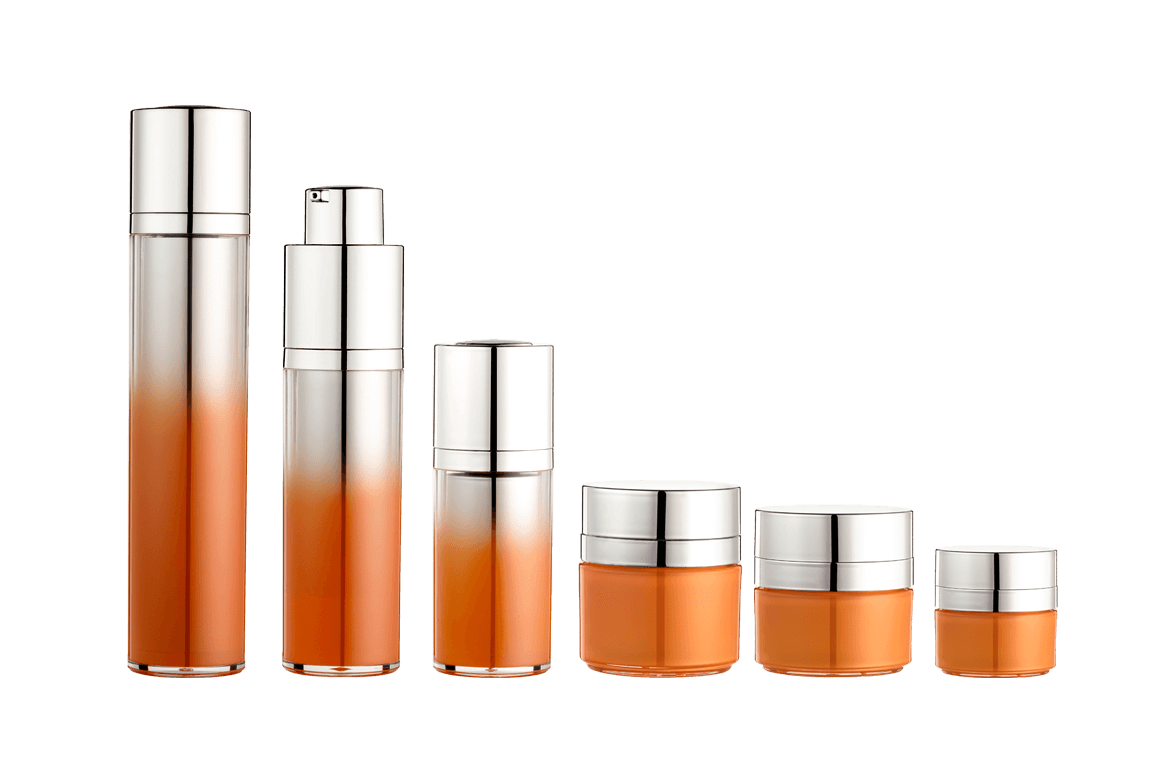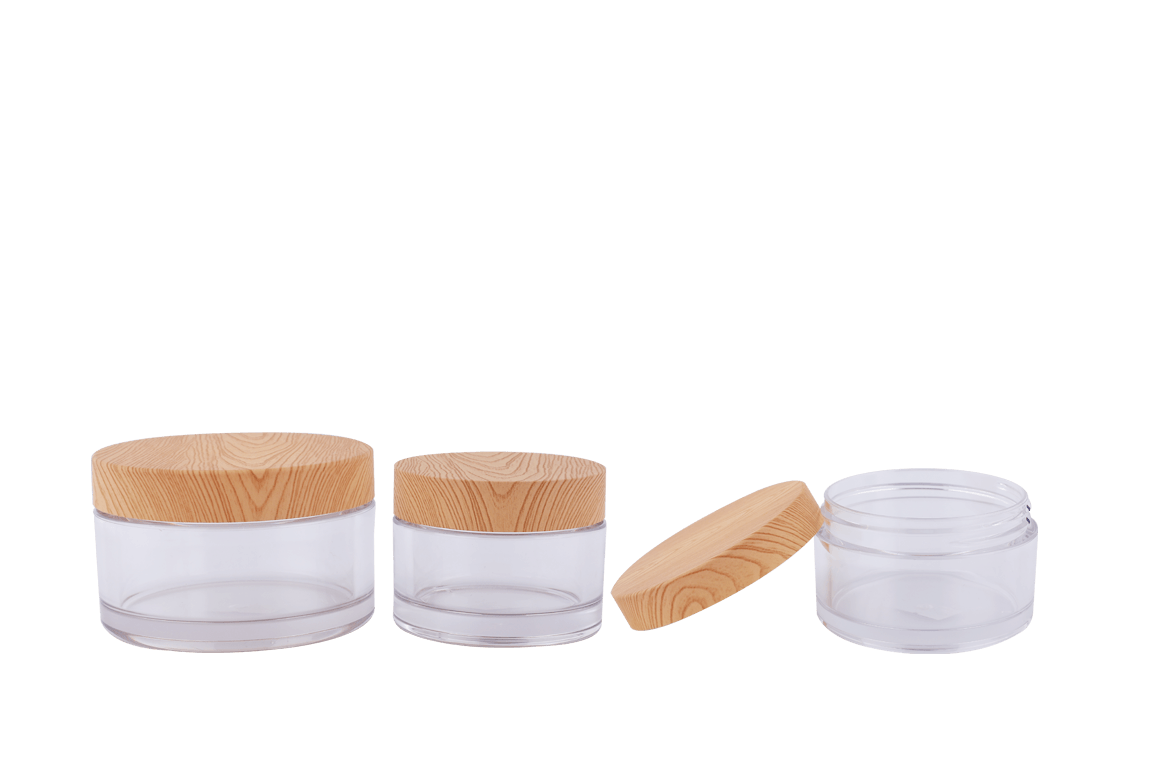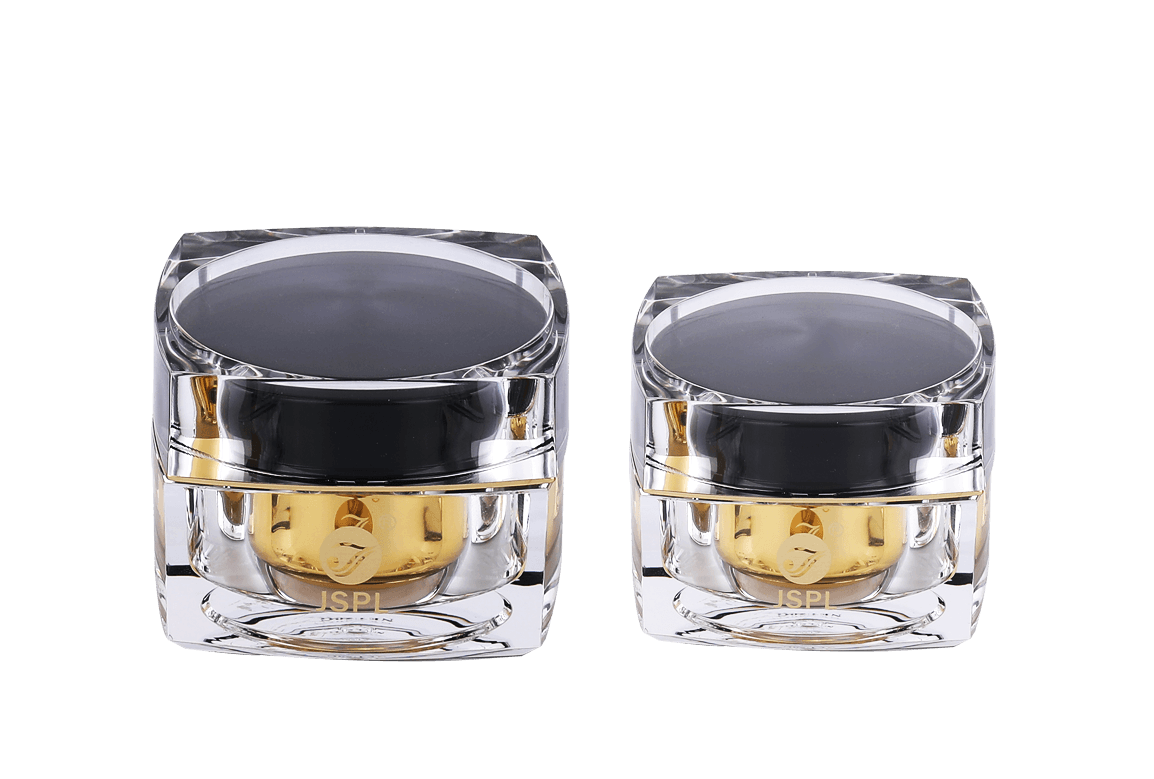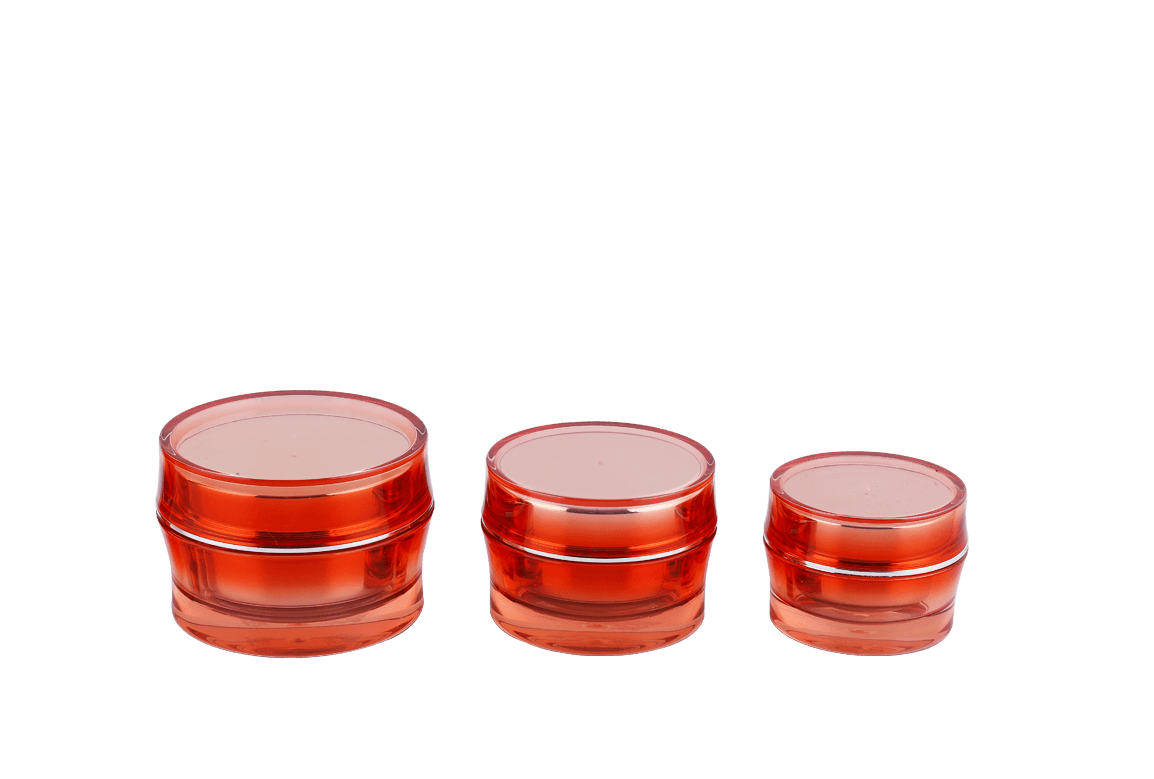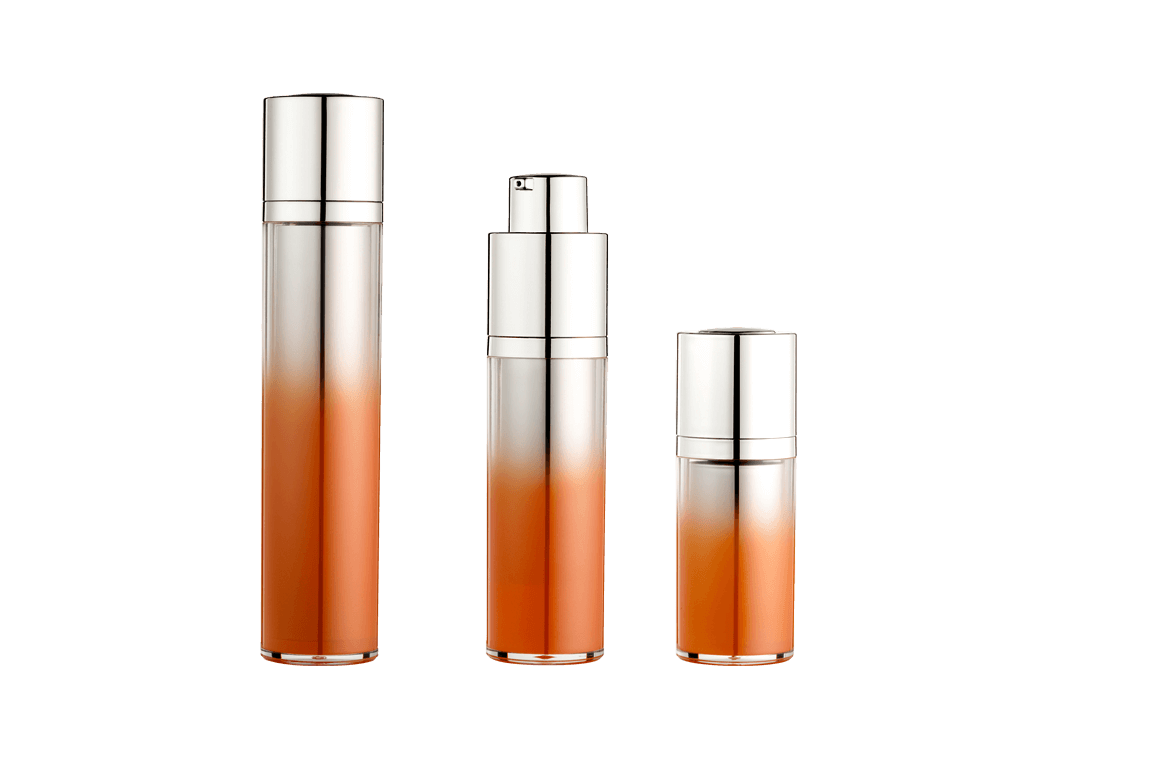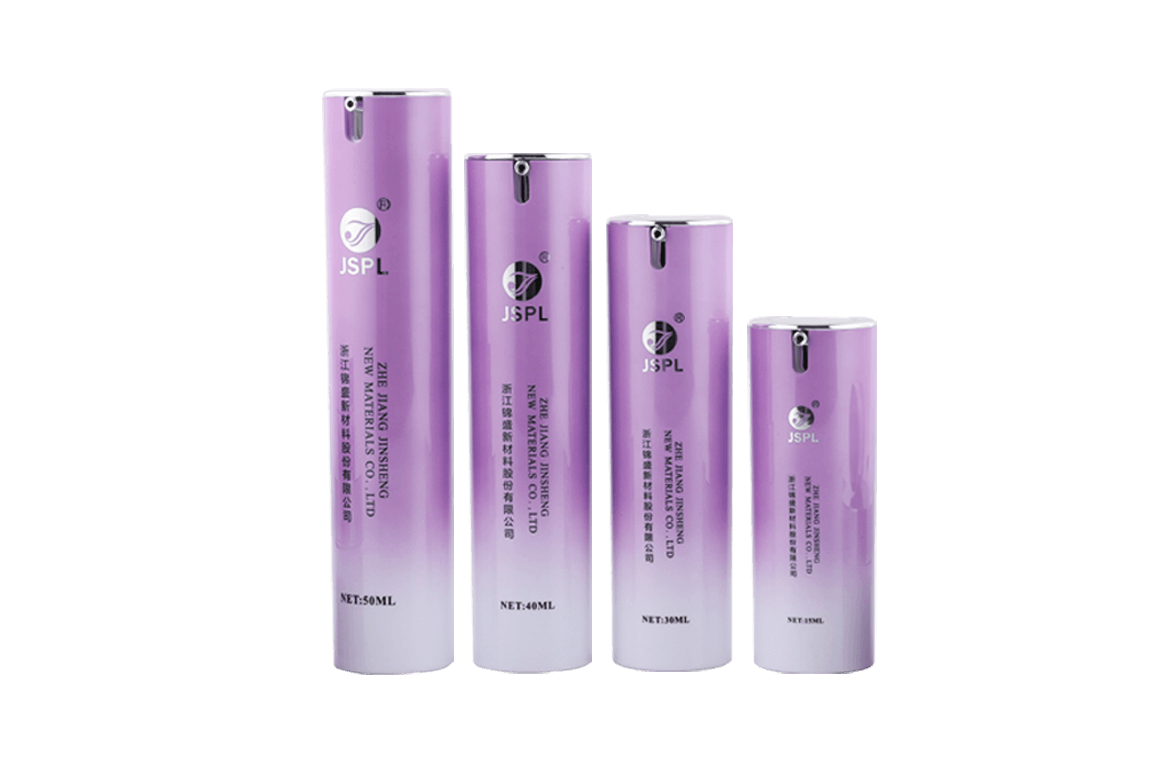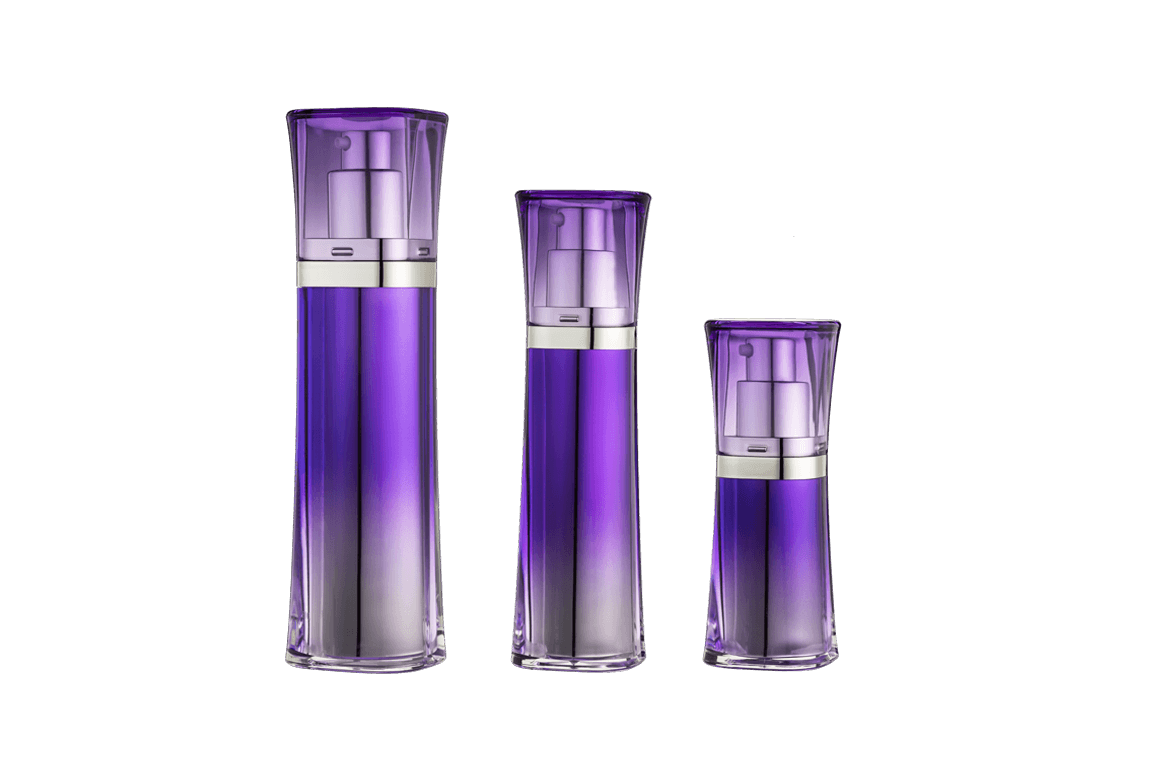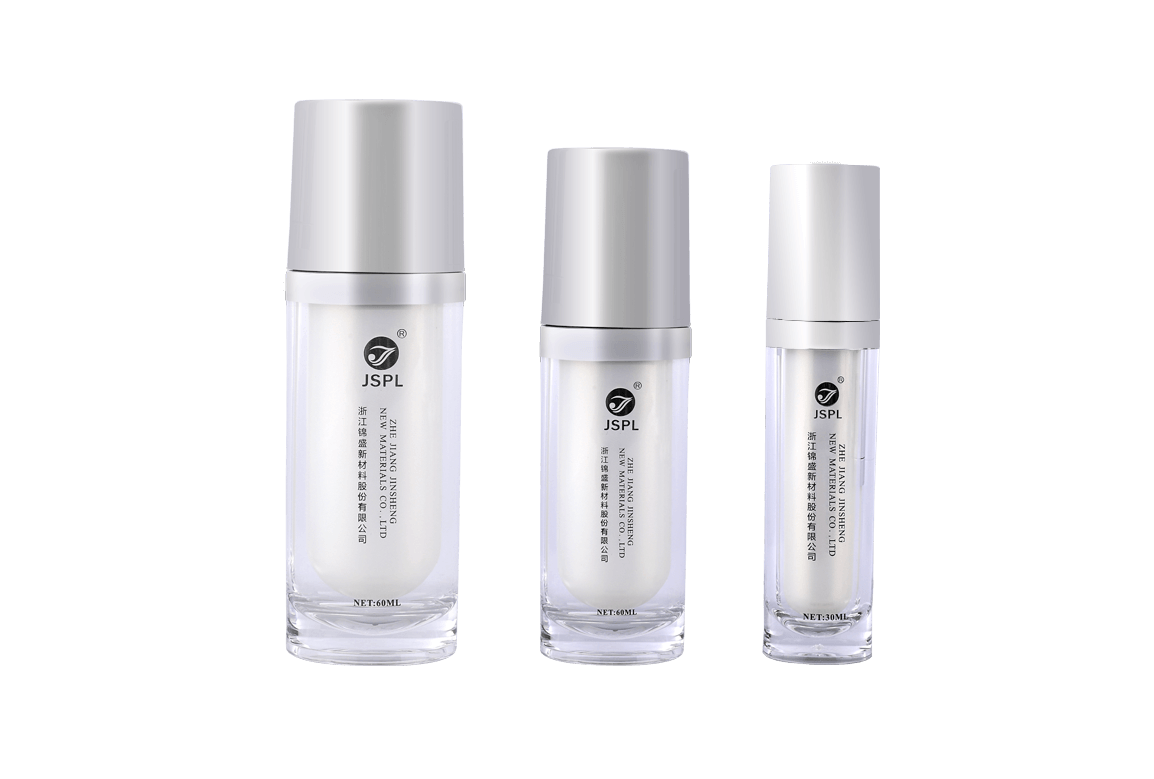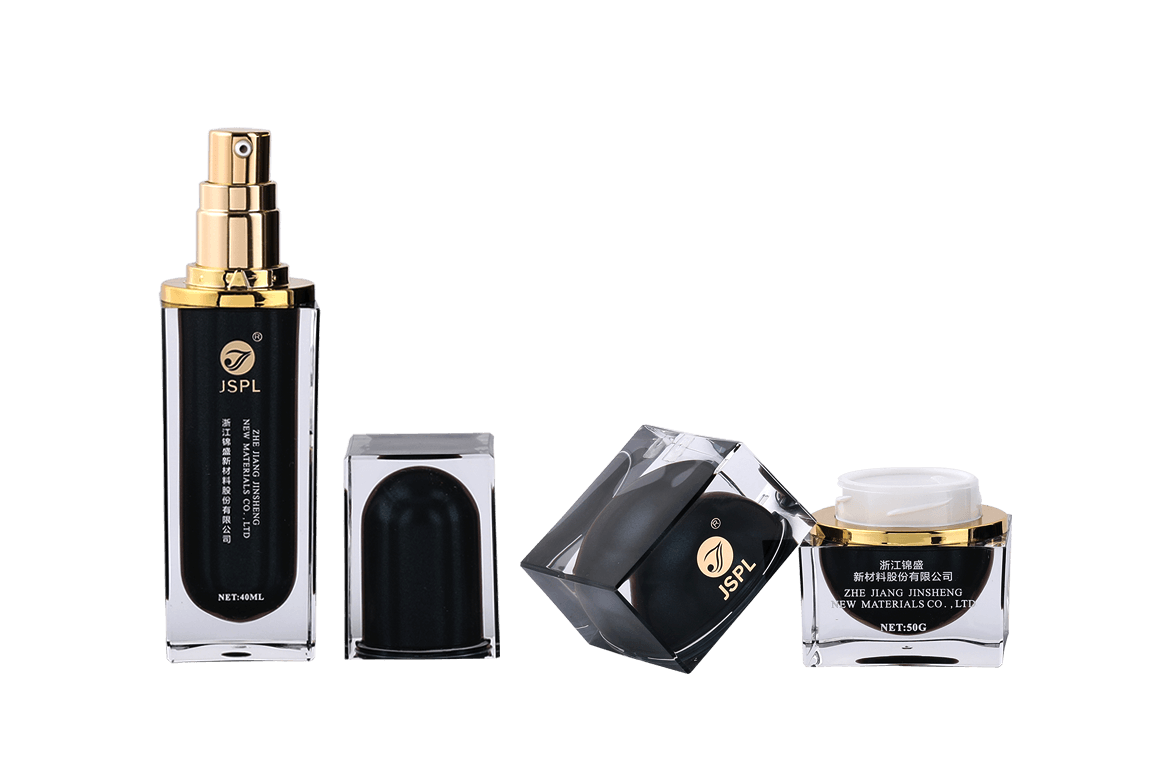Cosmetic plastic molds are tools used in the plastic processing industry to match plastic molding machines to give plastic products a complete configuration and precise dimensions. According to the different molding methods, it can be divided into different types of molds.
Molds, various molds and tools used in industrial production to obtain desired products by injection molding, blow molding, extrusion, die-casting or forging molding, smelting, stamping and other methods. In short, a mold is a tool used to make molded objects. This tool is composed of various parts, and different molds are composed of different parts. It mainly realizes the processing of the shape of the article through the change of the physical state of the formed material.
Injection mould
It is mainly a molding mold that is most commonly used in the production of thermoplastic parts. The corresponding processing equipment of the injection mold is an injection molding machine. The plastic is first heated and melted in the heating cylinder at the bottom of the injection molding machine, and then melted in the screw or column of the injection molding machine. Driven by the plug, it enters the mold cavity through the nozzle of the injection molding machine and the pouring system of the mold, the plastic is cooled and hardened to form, and the product is demolded.
Its structure is usually composed of molding parts, pouring system, guide parts, push-out mechanism, temperature adjustment system, exhaust system, support parts and other parts, and it is made of cosmetic plastic mold steel. The injection molding processing method is usually only suitable for the production of thermoplastic products. The plastic products produced by the injection molding process are very wide. From daily necessities to various complex electrical appliances and auto parts, they are all molded by injection molds. It is One of the most widely used processing methods in the production of plastic products.
Blow mould
A mold used to form plastic container hollow products (such as beverage bottles, daily chemical products and other packaging containers). According to the process principle, the form of blow molding mainly includes extrusion blow molding, hollow molding, and injection molding. According to the process The principle mainly includes extrusion blow molding hollow molding, injection blow molding hollow molding, injection stretch blow molding hollow molding (commonly known as injection stretch blow), multilayer blow molding hollow molding, sheet blow molding hollow molding and so on.
The corresponding equipment for blow molding of hollow products is usually called a plastic blow molding machine. Blow molding is only suitable for the production of thermoplastic products. The structure of the blow mold is relatively simple, and the materials used are mostly made of carbon.

Extrusion die
A type of mold used to mold and produce continuous-shaped plastic products, also called extrusion molding heads, is widely used in the processing of pipes, rods, monofilaments, plates, films, wire and cable coatings, profiled materials, etc.
The corresponding production equipment is a plastic extruder. The principle is that the solid plastic is melted and plasticized under the conditions of heating and the screw of the extruder to rotate and pressurize, and the cross-section is the same as the shape of the die through a specific shape of the die. Continuous plastic products. Its manufacturing materials mainly include carbon structural steel, alloy tools, etc. Some extrusion dies will also be inlaid with wear-resistant materials such as diamond on the parts that need to be wear-resistant.
The extrusion process is usually only suitable for the production of thermoplastic products, and its structure is obviously different from injection molds and compression molds.
Blister mold
A mold that uses plastic plates and sheets as raw materials to form some simpler plastic products. The principle is to use a vacuum or compressed air molding method to make the plastic plates and sheets fixed on the concave or convex mold be heated. Under the condition of softening, it deforms and sticks to the cavity of the mold to obtain the desired molded product, which is mainly used in the production of some daily necessities, food, and toy packaging products.
The blister mold is made of cast aluminum or non-metallic materials because of the low pressure during molding, and the structure is relatively simple.
Compression mold
It includes two structural mold types: compression molding and injection molding. They are a type of molds mainly used to form thermosetting plastics, and their corresponding equipment is a pressure forming machine.
According to the characteristics of the plastic, the compression molding method heats the mold to the molding temperature (generally 103°108°), then puts the measured compression powder into the mold cavity and the feeding chamber, and closes the mold. The plastic becomes It softens the viscous flow, solidifies and sets after a certain period of time, and becomes the desired product shape.
The difference between injection molding and compression molding is that there is no separate feeding chamber. The mold is closed before molding. The plastic is preheated in the feeding chamber and is in a viscous flow state. It is adjusted and extruded into the mold cavity under pressure to harden and form.
The compression mold is mainly composed of a cavity, a feeding cavity, a guiding mechanism, an ejecting part, a heating system, etc. Injection molds are widely used for packaging electrical components. The material used in the manufacture of compression molds is basically the same as that of injection molds.

 Chinese
Chinese España
España Italia
Italia Le français
Le français